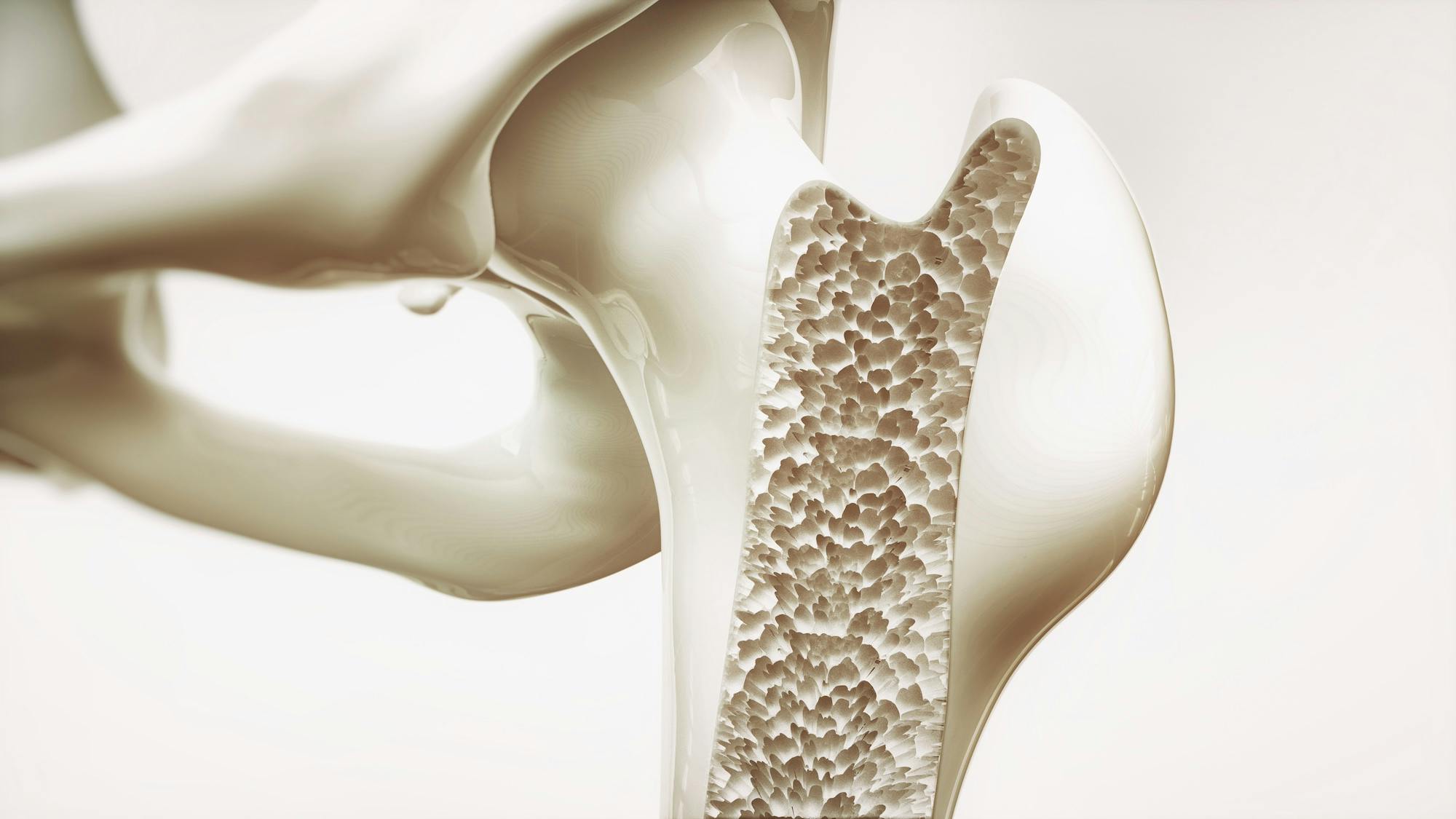- Blog
Nutrition and Better Bone Health
Posted on 11-25-2025 in Nutrition, Healthy Aging, Diet, Bone Health & Healthy Eating by Dr. Joshua Hackel

Posted on 11-25-2025 in Nutrition, Healthy Aging, Diet, Bone Health & Healthy Eating by Dr. Joshua Hackel
March is National Nutrition Month®, and as part of the conversation, the North Florida Bone & Joint team wants to emphasize the impact diet can have on your bone health. Before diving in, it's essential to understand the role the skeleton plays in your body. Specifically, the skeleton—and the bones its comprised of—serve the following functions:
According to the Academy of Nutrition and Dietetics, childhood and adolescence are the ideal time to focus on increasing bone mass. Considering most of us reach our peak bone mass between the ages of 25 and 30, building healthy bones at a young age helps prevent issues as we age.
A gradual loss of bone mass generally begins around age 35, with women ultimately losing 30% to 50% of their bone density while men lose 20% to 30%. By age 50, the National Institutes of Health (NIH) indicates that half of all Americans have "weak" bones. However, regardless of age or gender, diet management can help you develop a framework for healthy bones.
Here are a few key nutritional factors to consider as you make your way toward better bone health, according to the American Academy of Orthopaedic Surgeons (AAOS):
Don't forget that regular weight-bearing exercise is also vital to the health of your bones. Activities such as brisk walking and hiking, jogging and/or running, dancing, jumping rope, tennis, ping pong, pickleball, basketball, soccer, volleyball and stair climbing all stimulate bones and can ultimately help strengthen them.
If you are concerned with bone loss or have experienced a fracture or other musculoskeletal system issue, visit us online and learn more about Dr. Josh Hackel and the common conditions he treats. You can also complete our convenient online appointment request or call 850.916.3700 to schedule a visit.

Musculoskeletal ultrasound imaging offers orthopaedic patients safe, painless, and real-time imaging, without any harmful ionizing radiation or the need for uncomfortable positioning. As the first sports medicine physician in the region to utilize ultrasound for diagnostic and therapeutic purposes, Dr. Josh Hackel’s commitment to innovation has improved the accessibility of care for his patients.

According to the American Academy of Orthopaedic Surgeons, approximately 2 million older Americans sustain fractures yearly due to weak bones. By 2025, that number is predicted to rise to 3 million fractures annually. At North Florida Bone & Joint Specialists, we recognize the importance of maintaining strong bones, particularly as you age. In honor of Healthy Aging Month, the following tips can help you maintain, and even improve, your bone strength:

We see our share of broken bones as an orthopaedic and sports medicine practice. From the high school baseball player who collided with first base a little too hard to the avid DIY’er who took a tumble from an unsecured ladder and everything in between, we’ve seen it all. As we age, we also gradually lose bone mass, which occurs as small amounts of healthy bone are absorbed into your body as small amounts are replaced. When more bone is absorbed than is replaced, the density (bone mass) is reduced. Osteoporosis develops when the bone is no longer replaced as quickly as it is removed, and over time, it causes the bone to become progressively weaker, increasing the risk that it may break.